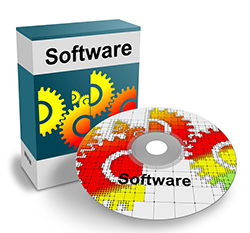 The bad news: Exposure to indoor mold can trigger serious allergic reactions and even infections among workers and visitors to your building, leading to lost productivity – not to mention the costs and hassles of litigation.
The bad news: Exposure to indoor mold can trigger serious allergic reactions and even infections among workers and visitors to your building, leading to lost productivity – not to mention the costs and hassles of litigation.
The good news: Taking precautions against this risk can help prevent health problems, limiting your exposure.
The potential for indoor exposure to mold has increased in recent years because of the way we live. To conserve energy, buildings are being built more tightly — and the tighter the structure, the greater the exposure to indoor mold. Using synthetic building materials literally seals buildings and reduces air movement, creating a higher moisture content that nurtures mold growth.
Poorly designed or maintained heating, ventilation, and air-conditioning systems contribute to indoor mold exposure; Air filters and air filtration devices provide a comfortable habitat for mold, especially in high humidity conditions. HVAC systems can re-circulate air that contains mold spores and toxins if there are no effective filter systems to trap them. Failure to maintain and clean systems leads to unchecked mold growth and circulation indoors. Humidity worsens the problem; mold thrives in humid conditions.
Human factors contribute to mold exposure, including the fact that we spend so much time indoors, and many of us have compromised immune systems from diseases and medications. What’s more, new and harmful mold organisms are circulating constantly.
Although there’s no practical way to eliminate all indoor molds and mold spores, to stop indoor mold growth and reduce the presence of mold in the workplace, we’d recommend taking these steps:
Clean small-scale molds ASAP, using a 10% solution of chlorine bleach; always wear the proper Personal Protection Equipment (which includes gloves, eye protection, and a mask to protect against airborne spores) and dry surfaces completely after cleaning.
Fix leaks quickly; moisture from leaks provides an ideal environment for mold growth.
Seal surfaces with a substance such as paint to which fungicide has been added.
Large-scale mold problems require the use of professional cleaning services that employ such treatments as oxidizers, fungicides, bactericides, and shielding compounds, which seal the antimicrobial agents within the treated surface.
Our risk management specialists would be happy to help you deal with mold problems in your workplace. Just give us a call.














